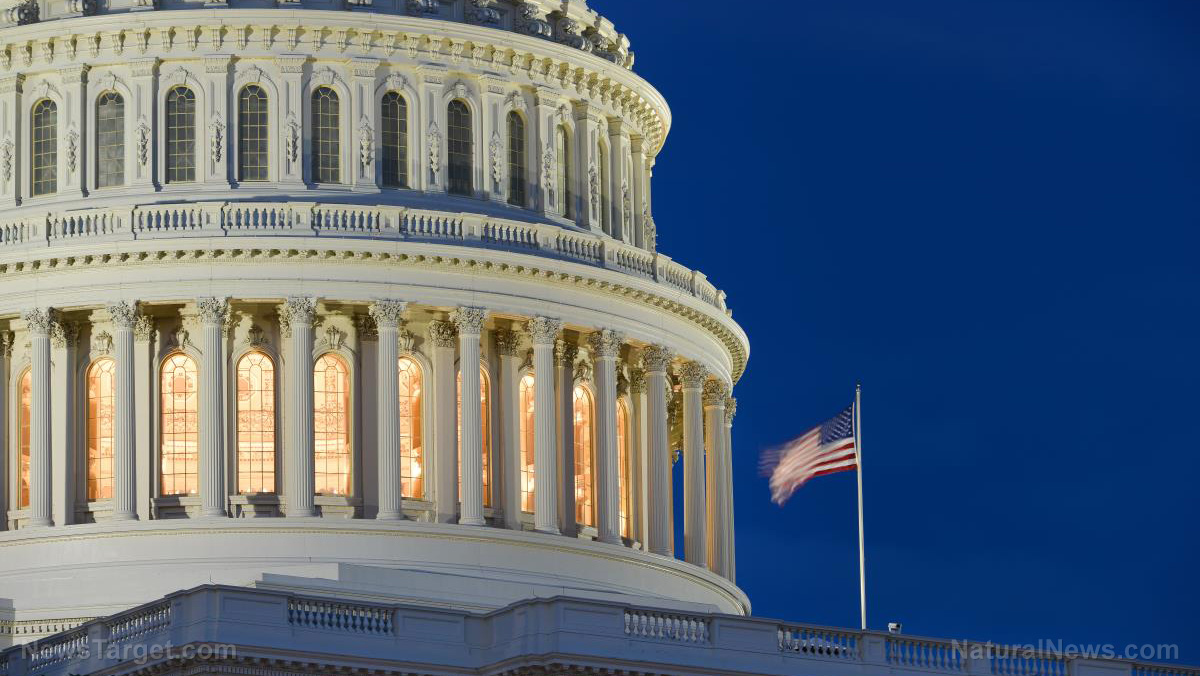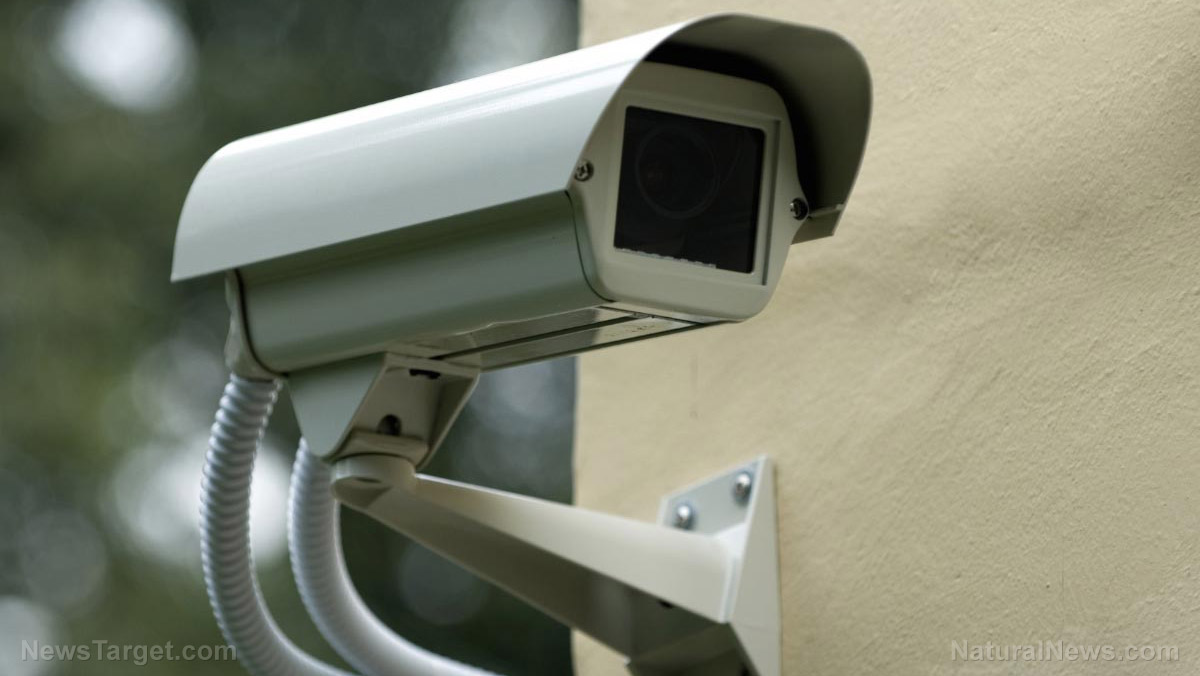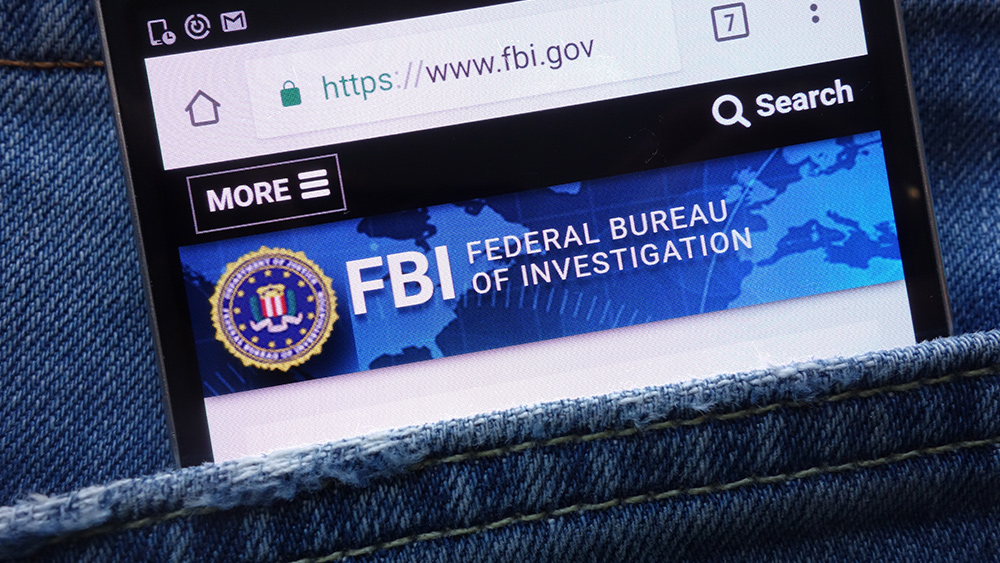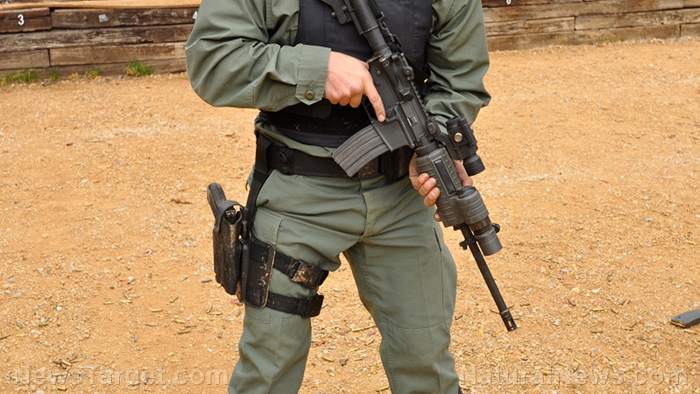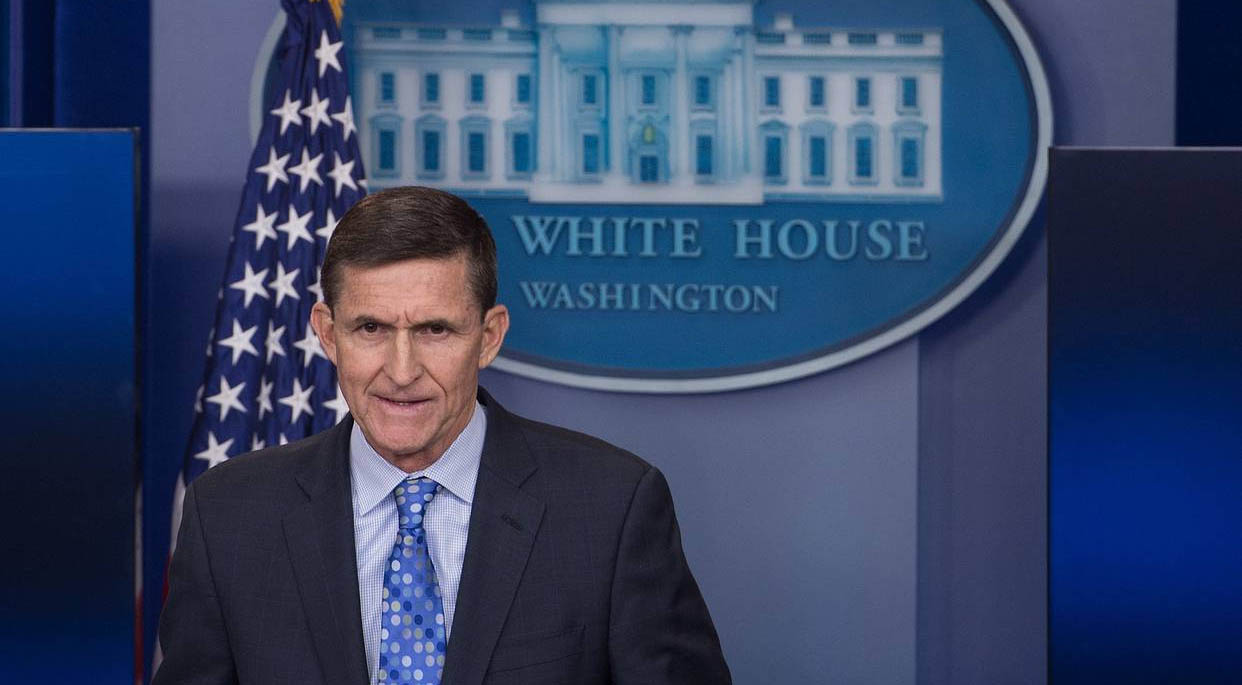
Unethical research exploits students to advance government's facial recognition capabilities
Study author Dr. Terrance Boult set up a long range surveillance camera in an office window on the Colorado Springs campus. The camera intrusively captured more than 16,000 images of faculty and students without their consent. According to Boult, the data set was called “Unconstrained College Students” and was handed over to the U.S. government to help facial recognition software identify people under “murky conditions.” The algorithm was trained to identify people when their faces are turned, looking down, or blurred by poor lighting.
The U.S. government is using its own people as pawns to set up foreign and/or domestic surveillance systems. According to the Denver Post, this research was made available to the public three years after it was conducted. Due to legalities, the research was taken down in April 2019. None of the students captured in the photos were named and all institutions that used the database were warned not to release any photos from the study.
Facial recognition programs are already capturing billions of images
This isn’t the first time government or a corporation used facial recognition software without getting consent from the people they exploit. A cloud based photo company called Ever was recently caught training a facial recognition algorithm that was to be licensed out. Flickr uses facial recognition software to sort through millions of photos shared by its users. Amazon shareholders stopped the monopoly from selling facial recognition software called Rekognition. Not only could the technology be sold to foreign governments, intelligence agencies, and sophisticated terror networks, but it could also be abused by law enforcement organizations in U.S. cities. These facial recognition programs violate privacy of the individual and can be abused by authorities to strip people of their rights. These concerns are why San Francisco banned public agencies and law enforcement from using facial recognition software.
Even if consent was given by a few, the ultimate aim of facial recognition software is to exploit the privacy of everyone, beckoning a culture of mass surveillance and civil liberty abuses.
Facial recognition works by analyzing the nodal points on a person’s face. When the eighty unique nodal points are measured across the eyes, nose, cheeks, and mouth, an algorithm can provide a unique “fingerprint” of a person’s face. The video camera measures the width of the nose, the distance between all points on the face, and can even sense the depth of eye sockets and generate a unique profile of the jaw line. Any real time images of that unique face are compared with previously obtained photographs. When a match is found, that person’s identity can be uncovered and their whereabouts can be tracked. In China, CCTV cameras can track people across the country because they have the capability to scan two billion faces within seconds and use artificial intelligence to pinpoint the location of any target. This power can be used to make false arrests, to frame individual targets, and to conduct unwarranted searches.
With this clandestine project, the U.S. government reveals its capacity and willingness to conduct research unethically and to ultimately track anyone down even in the most questionable conditions.
For more on the encroaching mass surveillance culture, check out Surveillance.News.
Sources include:
Please contact us for more information.

















